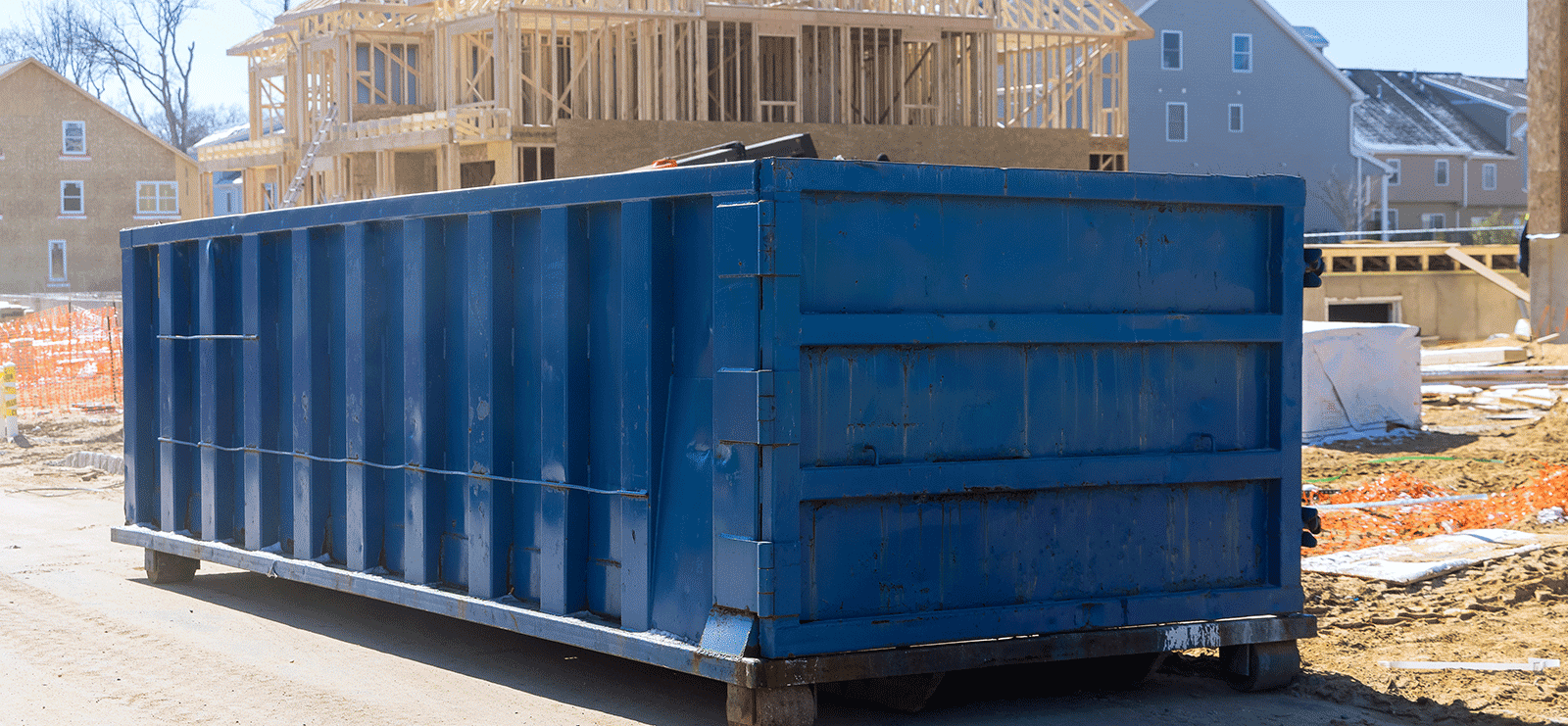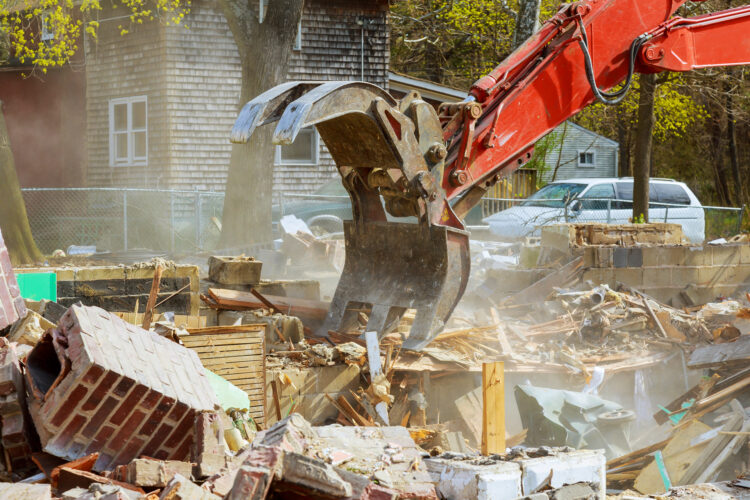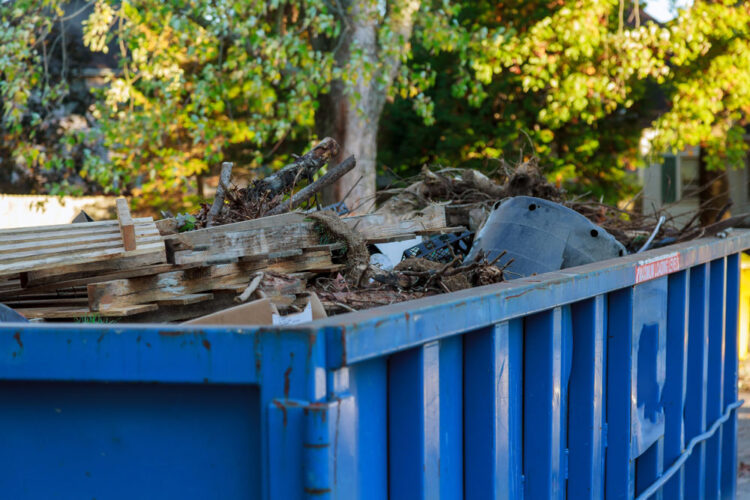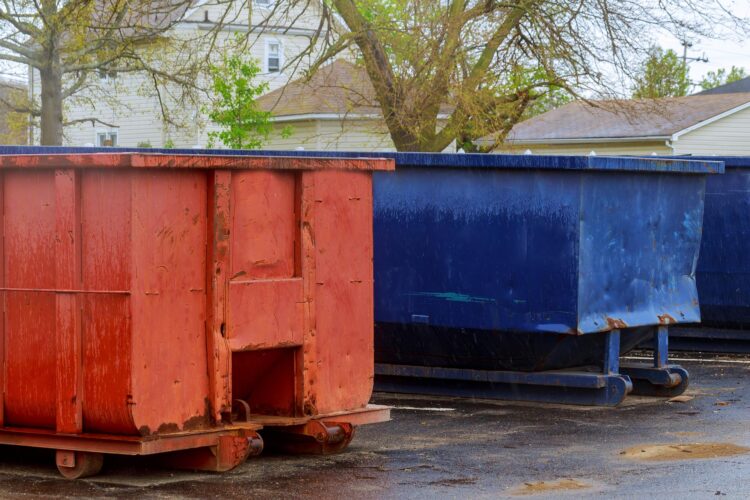Ever thought about the crucial yet underrated role of demolition in construction and renovation? Demolition is not just about dismantling buildings and structures. It demands specialized skills, equipment, and a detailed plan to ensure safety, efficiency, and compliance with local rules. This article aims to shed light on the services a demolition contractor provides and their significance in the success of construction and renovation projects.
Demolition Planning And Preparation
Before any demolition activity, meticulous planning and preparation are necessary. Here are some key steps:
Site Assessment
Initially, a detailed site evaluation is performed. This involves assessing the structural stability of buildings and structures, identifying any hazardous materials present, and deciding on the most suitable method of demolition. A comprehensive plan is then developed, outlining the work scope, required equipment, and completion timeline.
Permit Acquisition
Various permits and approvals from local government bodies are often needed for demolition work. These may include building permits, environmental permits, and other necessary clearances. The demolition contractor typically manages the permit acquisition process, ensuring all legal prerequisites are met before starting the work.
Removal of Asbestos and Hazardous Materials
Older buildings often contain asbestos and other hazardous materials that need to be safely removed before demolition. Specialized subcontractors, hired by the demolition contractor, usually handle the safe removal of these materials, adhering to local regulations.
Structural Demolition
This visible part of the demolition process involves tearing down buildings and structures. There are several demolition methods, each with its advantages and disadvantages:
Manual Demolition
This method involves using handheld tools like sledgehammers, chisels, and jackhammers to dismantle the structure piece by piece. It is typically used for smaller structures or when precision is required, for example, when preserving neighboring buildings.
Mechanical Demolition
This common demolition method involves using heavy machinery like excavators, bulldozers, and wrecking balls to tear down the structure. It is usually used for larger structures and is more efficient than manual demolition.
Explosive Demolition
This method involves using explosives to bring down a structure. It is the most efficient yet most dangerous demolition method and is typically only used for very large structures or when other methods are not feasible.
Debris Removal
After demolishing the structure, the debris needs to be removed from the site. This involves:
Material Sorting and Recycling
Many materials from a demolished building can be recycled and reused, such as concrete, metal, and wood. The demolition contractor usually sorts the materials on-site and then transports them to recycling facilities.
Land Clearing
After debris removal, the site needs to be cleared of any remaining vegetation, trees, or other obstacles. This is typically done using heavy machinery like bulldozers or excavators.
Site Remediation
Site remediation involves cleaning up the site after demolition to ensure it is safe for future use. This may involve several tasks:
Soil Testing and Remediation
The soil at the demolition site may be contaminated with hazardous materials like oil, gasoline, or other chemicals. Soil testing determines the contamination level, and if necessary, the soil is treated or removed to eliminate contamination.
Underground Storage Tank Removal
Many older buildings have underground storage tanks used for storing heating oil or other fuels. These tanks need to be removed and properly disposed of to prevent future site contamination.
Industrial Demolition
Industrial demolition involves demolishing industrial facilities like factories, power plants, and chemical plants. This type of demolition often presents additional challenges due to hazardous materials and the need for specialized equipment.
Plant and Factory Demolition
This involves demolishing manufacturing plants and factories. It often involves removing heavy machinery and equipment and handling hazardous materials.
Chemical Plant Demolition
This involves demolishing chemical plants and other facilities handling hazardous materials. Special precautions are necessary to ensure the safe removal and disposal of these materials.
Emergency Demolition Services
In some situations, a structure may need to be quickly demolished due to safety concerns, such as after a fire, hurricane, earthquake, or other natural disasters.
Fire Damaged Structure Demolition
After a fire, a structure may be so damaged that it is unsafe and needs to be demolished. In these cases, the demolition contractor works quickly to demolish the structure and remove the debris.
Hurricane and Storm Damaged Structure Demolition
Hurricanes and storms can cause significant damage to buildings and structures. In some cases, the damage may be so severe that the structure needs to be demolished. The demolition contractor works quickly to demolish the structure and remove the debris.
Earthquake Damaged Structure Demolition
Earthquakes can cause significant structural damage to buildings and structures. In some cases, the damage may be so severe that the structure needs to be demolished. The demolition contractor works quickly to demolish the structure and remove the debris.
Frequently Asked Questions (FAQs)
What does a demolition contractor do?
What are the different methods of structural demolition?
What is involved in site remediation?
How is debris removed from a demolition site?
What are emergency demolition services?
What precautions are taken during industrial demolition?
Demolition contractors provide a range of essential services that extend beyond merely knocking down buildings. From meticulous planning and preparation to structural demolition, debris removal, site remediation, and emergency services, demolition contractors play a crucial role in ensuring the success of construction and renovation projects. By understanding the services provided by demolition contractors, you can better appreciate the complexity and importance of their work. If you need demolition services please reach out to SC Industries for your needs or call us at 516-974-8488.




